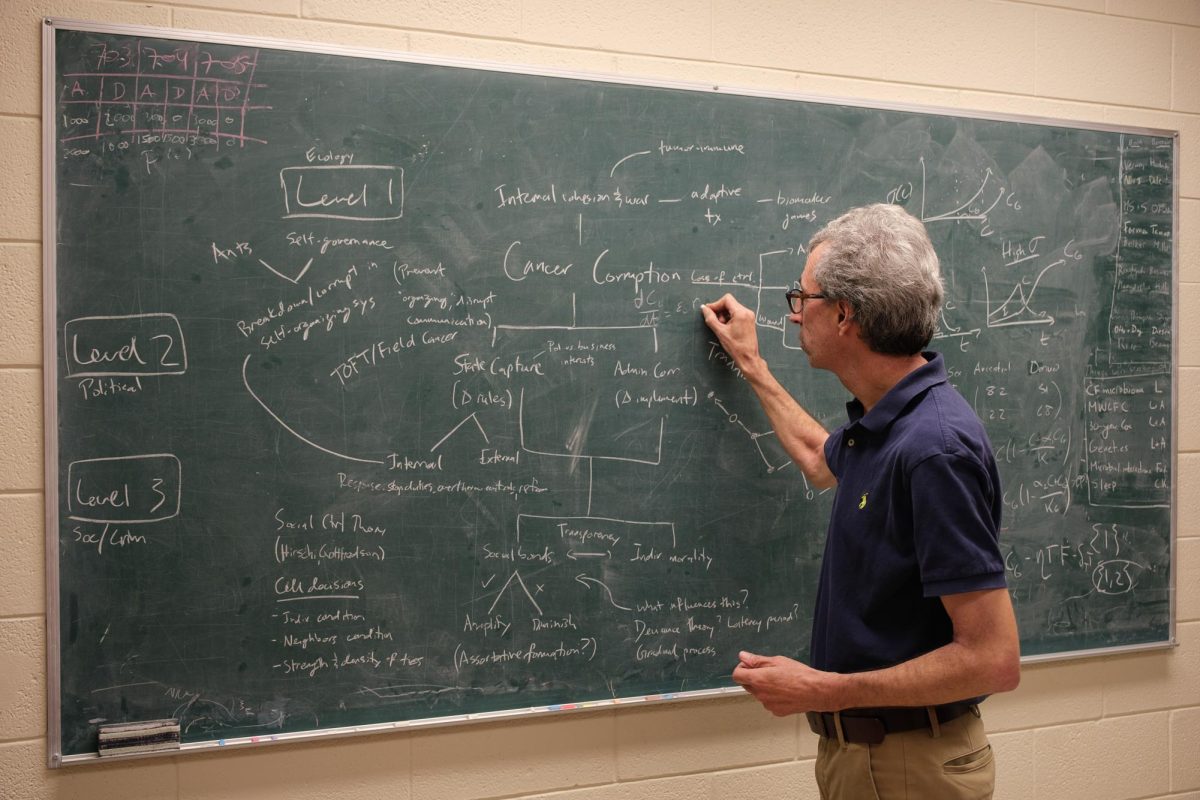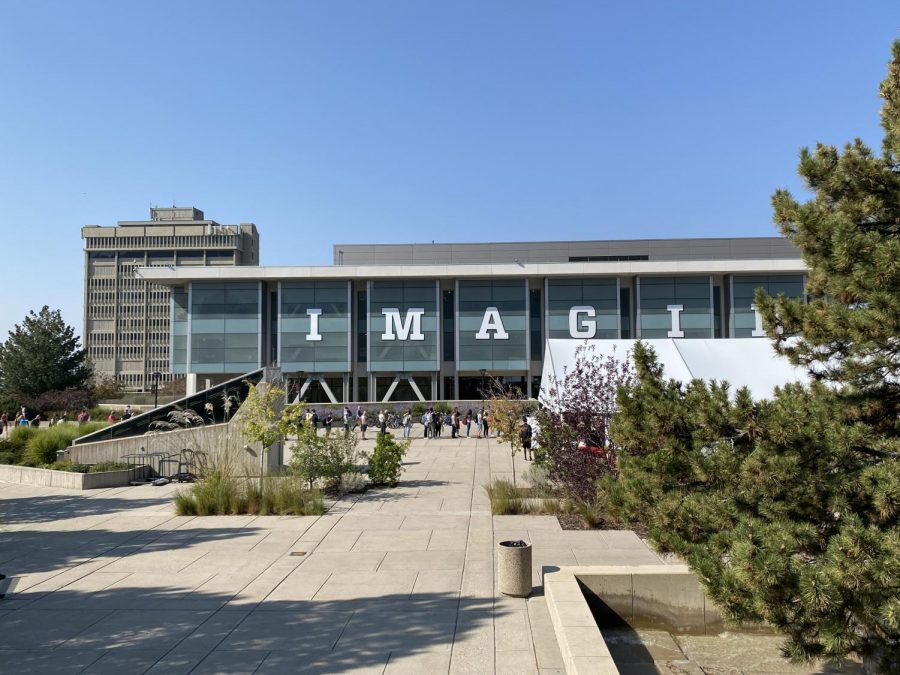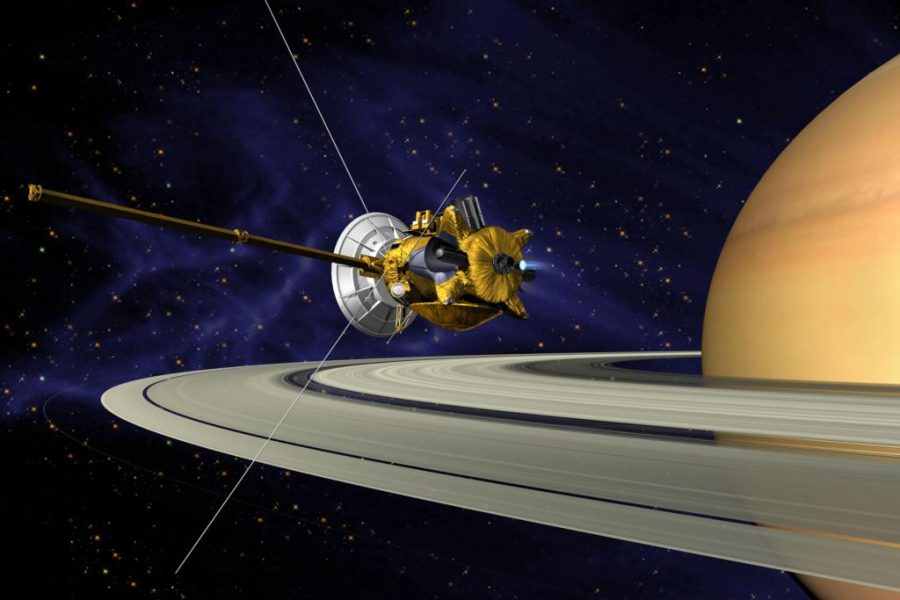The Cassini spacecraft ended its 13-year orbit around Saturn as it took a fiery plunge into the planet’s atmosphere at 5:55 a.m. Mountain time on Friday, Sept. 15, after NASA had received their last bits of data from the space probe. Floating around Saturn since 2004, Cassini’s fuel exhaustion gave NASA the perfect opportunity to put a few more pieces of the planet’s atmospheric puzzle together.
Along with the help of the space probe Huygens which sits on Saturn’s largest moon, Titan, Cassini spent its years measuring the planet’s icy rings and many moons to better understand its evolution. The spacecraft has also played a crucial role in understanding Saturn’s complex weather patterns such as its huge, hexagonal-shaped storm on its north pole. Cassini’s data has provided a basis for understanding weather on other planets as well.
Equipped with the Imaging Science Subsystem, a massive camera that is sensitive to different wavelengths of light, Cassini has taken over 450,000 images. According to NASA, this technology has led to the discovery of oceans on two of its moons, Titus and Enceladus, entertaining the possibility of them having habitable environments. University of Utah Physics and Astronomy Department Chair Ben Bromley thinks that images from the Cassini spacecraft are some of the most amazing he’s ever seen.
“It’s been my intention that every presentation I give, no matter what the subject, has an image from Cassini, just like there is a pineapple in every episode of ‘Psyche,’ or so I’m told,” Bromley said. “For my part, I love the rings. The big ‘A ring’ is nearly pure water ice, and it is vast, extending hundreds of thousands of miles in diameter around Saturn, with a width of more than ten of thousands of miles. Yet its thickness is comparatively minuscule, as small as ten yards. You couldn’t hide the Magic School Bus in that.”
Bromley elaborated on the significance of Cassini’s demise, saying its plunge will give a more accurate explanation of Saturn’s gravity and will place researchers another step closer to understanding the planet’s interior structure. He also recounted some of the milestones Cassini helped scientists reach, such as discovering the physics behind the icy bodies called ‘moonlets’ and answering the question of where Saturn’s planetary rings come from.
“The mission strengthened the picture that the most dominant rings were part of a big moon that got ripped up by the strong tides from Saturn,” Bromley said.
Even though Cassini’s mission has come to an end, Bromley described a couple of other spacecrafts who are doing the similar work with other planets. The Juno mission orbiting Jupiter is focusing on the planet itself rather than its many moons.
One spacecraft in particular that he suggests astronomy enthusiasts keep and eye on is the Europa Clipper. “This spacecraft will look for life on Jupiter’s moon Europa,” Bromley said. “The Europa Clipper is a follow-on to NASA’s Galileo spacecraft, which served a similar role as Cassini, broadly exploring Jupiter and its moons.”
@_haileykirkwood
















